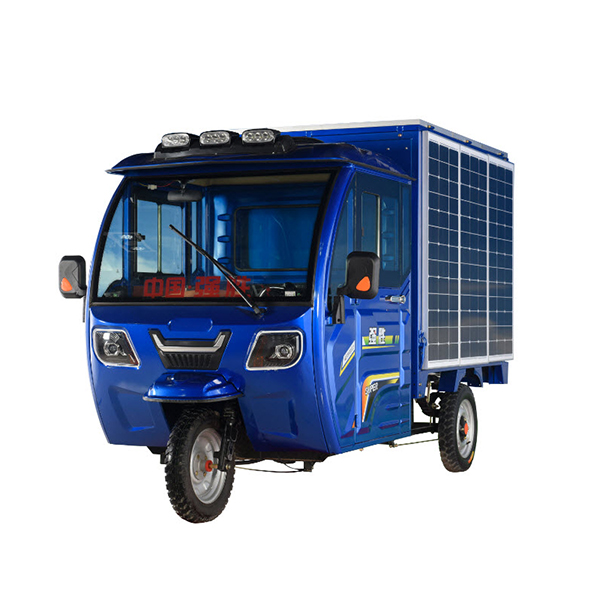Electric rickshaws, also known as e-rickshaws, are popular in many countries as a sustainable and environmentally friendly mode of transportation. The vehicles are powered by electric motors and feature rechargeable batteries, making them a cost-effective and environmentally friendly alternative to traditional rickshaws.
One of the most common questions about e-rickshaws is “How many batteries does an e-rickshaw have?” The answer to this question may vary depending on the specific model and manufacturer, but in general, e-rickshaws usually come with multiple batteries to power the electric motor.
The number of batteries in an e-rickshaw can range from three to six, depending on the size and capacity of the vehicle. These batteries are typically lead-acid or lithium-ion and are designed to provide the power needed to drive the electric motor and propel the e-rickshaw.
The batteries in an e-rickshaw are usually connected in series to provide the voltage required to power the electric motor. This configuration allows the batteries to work together to provide the energy needed to propel the vehicle while also ensuring longer driving range and improved performance.
The use of multiple batteries in e-rickshaws also allows for better load distribution and greater stability, making these vehicles suitable for carrying passengers and cargo over short to medium distances.
In addition to providing the power needed to drive the electric motor, the e-trike’s battery can be charged using a standard electrical outlet, making it a convenient and practical option for urban transportation.
Overall, the number of batteries in e-rickshaws may vary, but using multiple batteries allows these vehicles to provide the necessary power, range and performance to become a sustainable and efficient mode of transportation in urban areas.
Post time: May-10-2024

